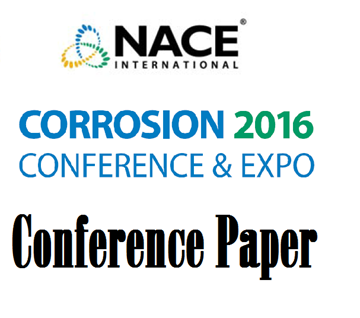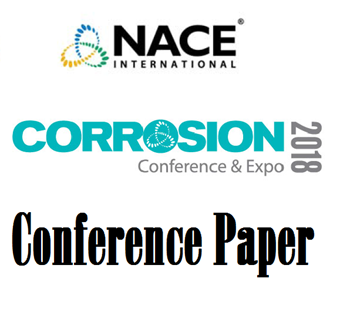Search
51315-5595-Use of Electrochemical Techniques to Determine the Degree of ?-phase Precipitation in Type 25Cr SDSS
Also Purchased
51316-7308-Effect of Tungsten on Pitting and Crevice Corrosion of Type 25Cr Super Duplex Stainless Steel
Product Number:
51316-7308-SG
ISBN:
7308 2016 CP
Publication Date:
2016
$20.00
51318-11102-Influence of tungsten on passivity breakdown and repassivation of 25Cr super duplex stainless steels
Product Number:
51318-11102-SG
Publication Date:
2018
$20.00
51318-11288-Bridge Coating Operation and Maintenance Planning
Product Number:
51318-11288-SG
Publication Date:
2018
$20.00




